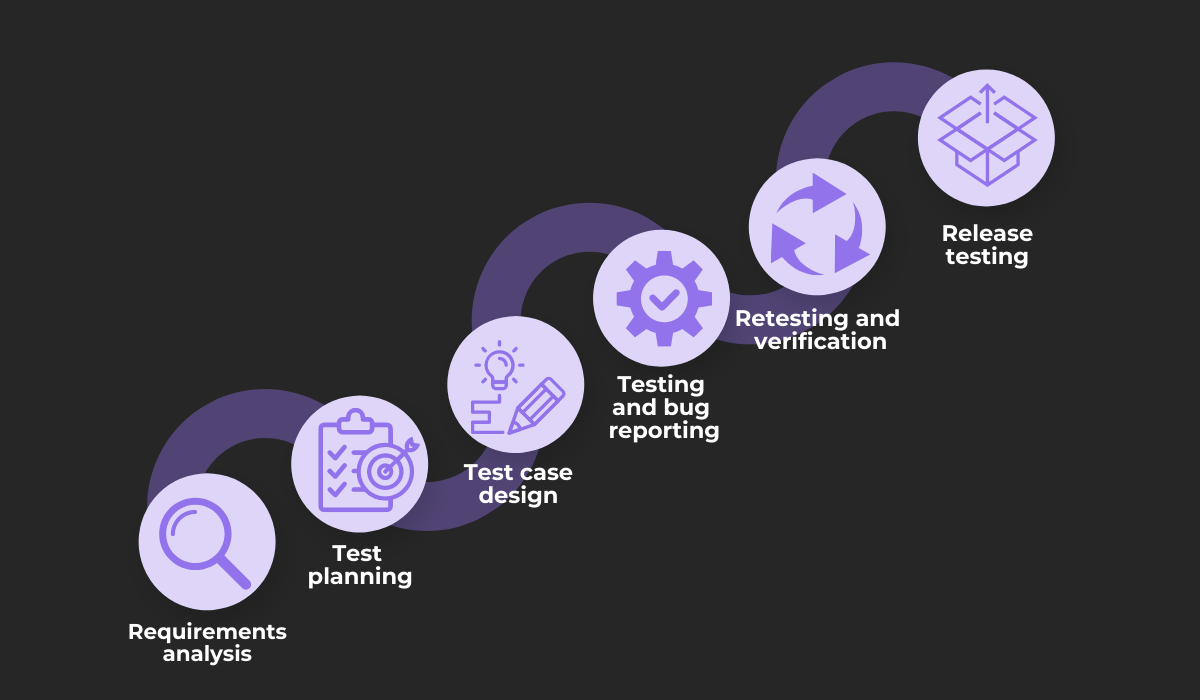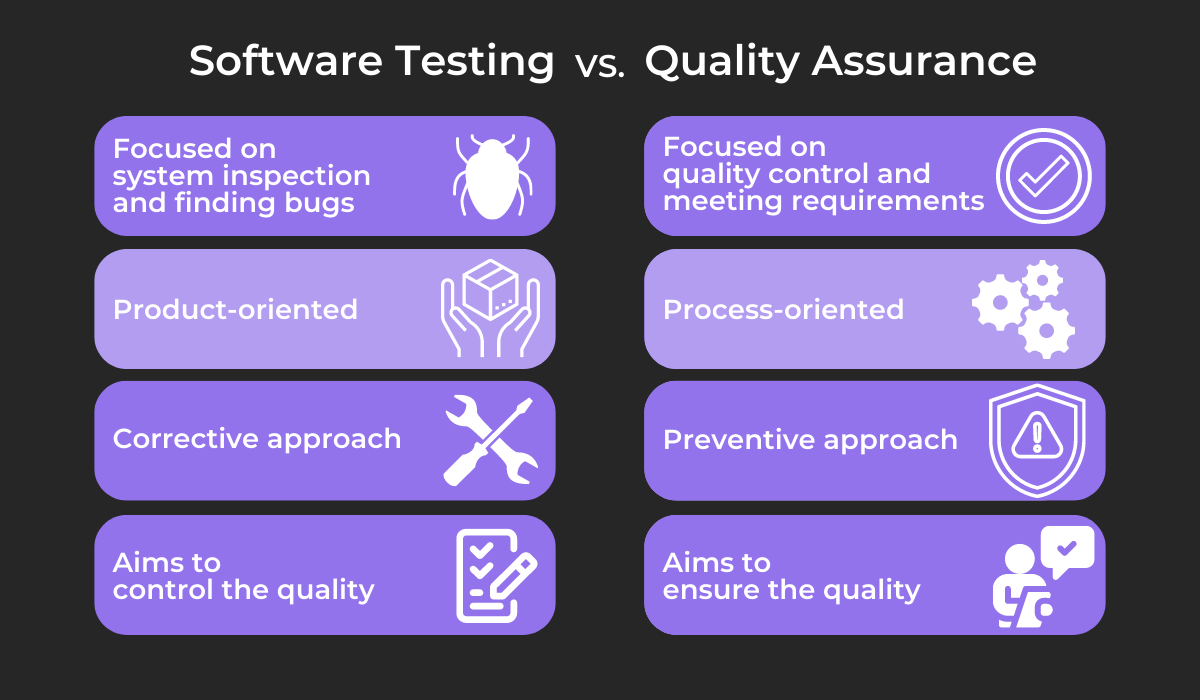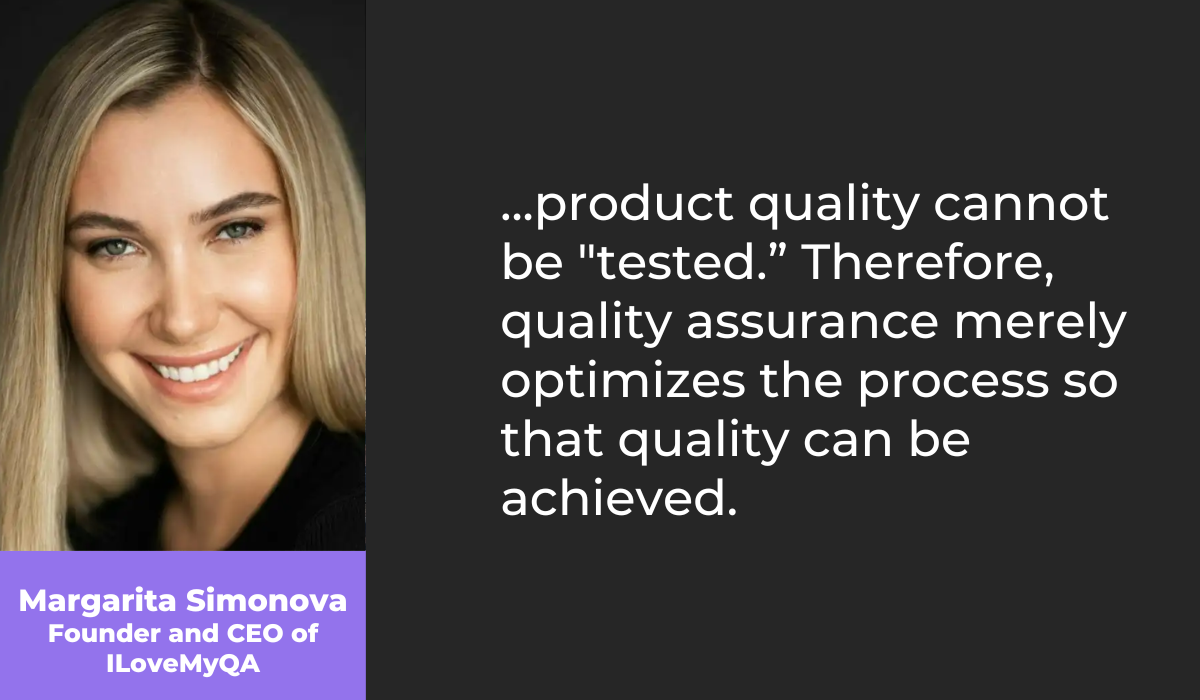
You may be familiar with the concepts of software testing and quality assurance (QA) as two integral parts of creating a high-quality app.
However, did you know that these concepts, although different, are often used interchangeably, because people confuse their meanings?
Although both focus on the quality of an app, software testing and QA employ different methods, and are performed at different stages of development.
In this article, we’ll go in-depth and try to cover each concept separately, clearing up the key differences between them and giving you an overview of when and how they are used.
Let’s start by explaining the practice of software testing.
Table of Contents
What is software testing
Testing an app or a piece of software is considered an essential part of the software development life cycle (SDLC), but what is it exactly?
Software Testing is a process of evaluating the functionality of a software product and identifying any bugs or defects to ensure that it meets the expected standards, usually set by QA teams.
It is used to identify any gaps and evaluate the product’s features by detecting and reporting bugs and defects and is usually conducted when the app has passed the development phase.
One Quora user accurately summarized the main objectives of software testing, writing:
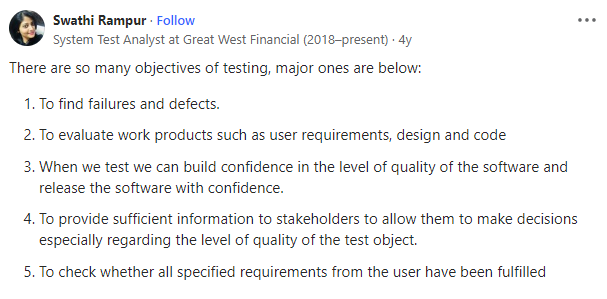
These activities are conducted by testers, who perform various tasks to examine the functionality, design, and compatibility of a software product and its components, ensuring it works as intended.
They usually assess the code, perform tests and analyze the results to ensure the software behaves well—documenting their findings, writing bug reports, and making suggestions for improvements in the software.
The testers conduct a number of different types of tests, including:
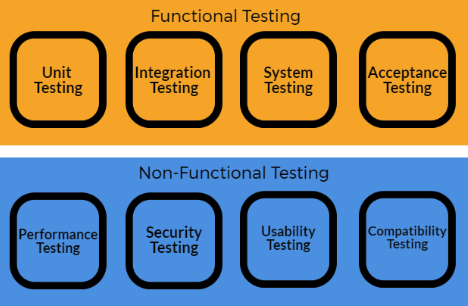
Some of these tests examine the features and functionality of a piece of software, whether by testing its individual components, the way these components work together, or the entire app as a whole—through unit, integration, and system testing, respectively.
These so-called functionality tests try to ensure the app and its parts work well, and that all requirements are met before releasing the product to end users.
Software testing also evaluates other, non-functional requirements of the software, such as its performance, how secure it is from attacks, its usability, and its compatibility with different devices—the tests shown in the image are just a few of the tests that try to examine a wide range of the app’s aspects not related to its function.

Get unreal data to fix real issues in your app & web.
Through these various techniques, testers want to ensure that the entire app meets the specified requirements defined at the beginning of the SDLC, and that the app can function properly in various conditions with good performance and security, while providing users with a good experience.
If you want to explore some of these tests more thoroughly, check out this article.
As you can see, software testing concerns itself solely with finding bugs and issues within the software—this approach wants to ensure that the functionality and other aspects of the app are behaving with as few problems as possible.
By using various testing methods to help eliminate bugs, and ensuring an app is operating well, software testing helps create a high-quality product before release, so it’s an essential part of development.
What is quality assurance
Now, let’s define QA and see what this practice is all about.
The quality assurance process is a subset of quality management and encompasses a wide range of activities that involve implementing and maintaining processes and systems that help to prevent defects and ensure an app meets the quality standards that were set beforehand.
The practice of QA is concerned with planning, monitoring, and evaluating the quality of an app throughout the entire development process.
It operates by setting quality standards and goals for the app, creating a plan to achieve those goals, then regularly monitoring the product’s development to ensure that it’s meeting the established standards.
QA professionals, also known as QA engineers or QA specialists, are responsible for carrying out these tasks. A good QA engineer will perform the following activities:
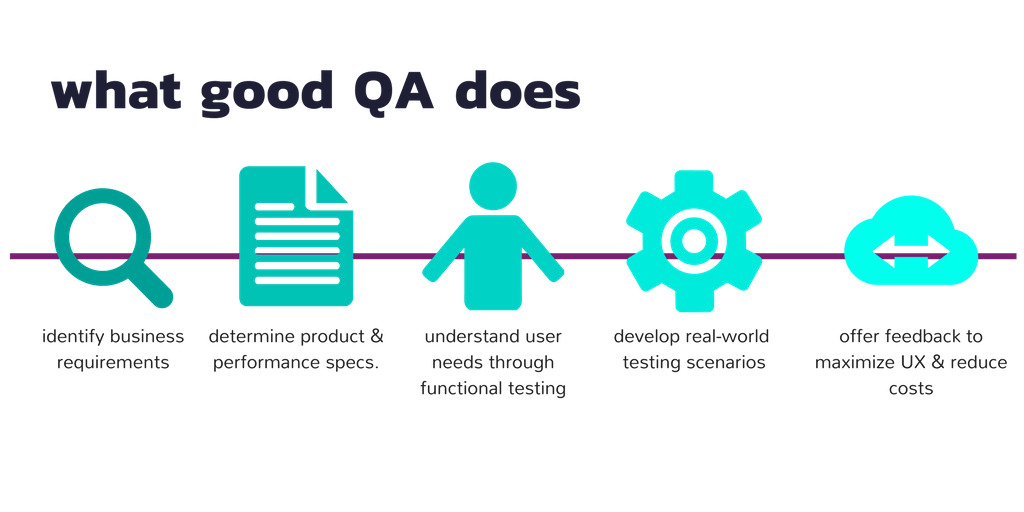
As you can see, QA tries to identify what the users want and what the business needs—aligning these requirements, and continuously making sure the app meets them, preventing issues and defects along the way.
QA specialists work closely with developers, product managers, and stakeholders during the entire SDLC to ensure that the software is developed according to requirements and meets the needs of end-users.
You can see that the QA approach encompasses more than just testing the product. In fact, it can be divided into six stages:
These stages are connected to the software development process and its phases, as QA helps design and control it from the beginning of the project.
From the very beginning of the development process, the requirements gathering phase, QA engineers start their work on the project, reviewing and evaluating the requirements, with the aim to detect potential issues that may arise later on.
During the next phases of development, various tests and testing strategies are planned out, test cases are designed, and the tests are run.
All of this happens while the app is still being developed, and changes to the app are continuously implemented.
Bugs are detected, reported and fixed during this stage of QA, and any implemented fixes are then retested and verified to see whether they are effective.
In the final stage, the QA team conducts release testing to ensure that the product, service, or system is ready for release to the end users—verifying that the product is stable and well-designed enough to be ready to hit the market.
Overall, QA is focused on the product as a whole, setting the quality standards and ensuring they are followed through up until the app is released.
Software testing vs. quality assurance: key differences
As you’ve seen in the previous sections, software testing and quality assurance are closely related but distinct activities in the software development process.
Although the activities conducted during testing and QA complement each other and both aim to create optimally functioning software, you still need to differentiate between them so you know the specific roles these two practices play in development.
One of the main differences between QA and testing is that they occur during different stages of the SDLC.
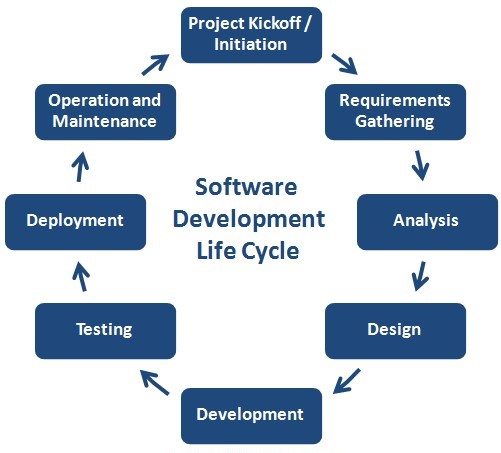
Software testing occurs at a specific stage of development—the sixth, testing phase, which comes right after a piece of software is coded and developed.
In this phase, the software and its parts are thoroughly tested to ensure that no bugs or defects are present that disrupt the performance and behavior of the product.
Compared to testing, QA is an ongoing process from the start of development, and continues even after an app is released, playing a critical role at every step of the software development life cycle.
QA engineers focus on checking and maintaining the quality of the software.
For example, during the design phase of development, QA engineers review the proposed design of the app, and check whether the app will be testable and whether it will meet the requirements set for the app in the requirements gathering and analysis stages.
The point in development where these two activities occur is just one of the key differences between these two concepts.
Software testing is an activity that focuses on inspecting finished code and finding defects or bugs in it.
Its main goal is to identify any issues or problems that may affect the software’s functionality or performance and help correct them—while testing does not directly prevent defects, it helps identify and fix them before the software is released to end-users.
On the other hand, quality assurance is a process-oriented activity that aims to prevent defects from occurring in the first place by implementing a set of quality control procedures throughout the development process.
When comparing testing and QA, Margarita Simonova, founder and CEO of ILoveMyQA, writes:
According to her, QA is an approach concerned with managing certain aspects of the SDLC, concerned with the policies, processes, standards, training, and tools that are necessary to reach an app’s quality aims.
QA is focused on ensuring that the software meets these specified aims or requirements and helps assess whether the app is fit for its intended purpose.
These aspects have to be dealt with before the coding process even starts, and well after the app is released to the public.
Overall, these two concepts are clearly different from each other, testing being a specific phase of development, while QA being a more general practice that helps ensure that a piece of software is of high quality.
Software testing or quality assurance: do you need both
When it comes to developing a piece of software, both software testing and quality assurance play critical roles in ensuring that the final product meets the expectations of users and performs as intended.
It’s important to note that, although these practices have some key differences, software testing is, in fact, just a part of quality assurance.
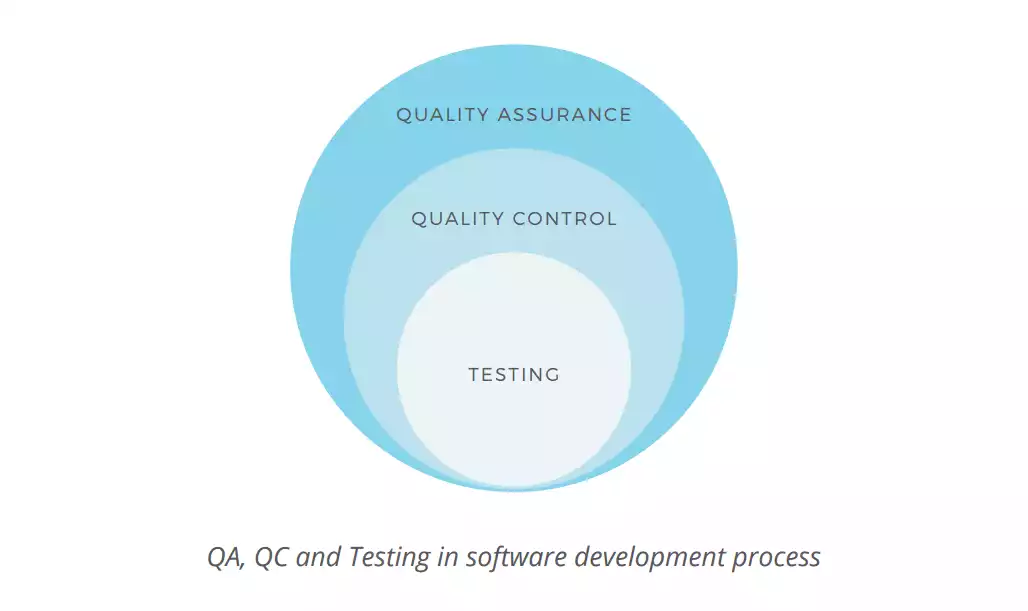
These two practices work harmoniously together—QA creates the wider strategy, which includes the testing strategy, while software testing is the implementation of this strategy by conducting the actual tests of the software.
QA and software testing both have the same goal, which is to help create a high-quality piece of software and ensure users are satisfied with the product.
Both focus on complementary aspects of the software development process, specifically:
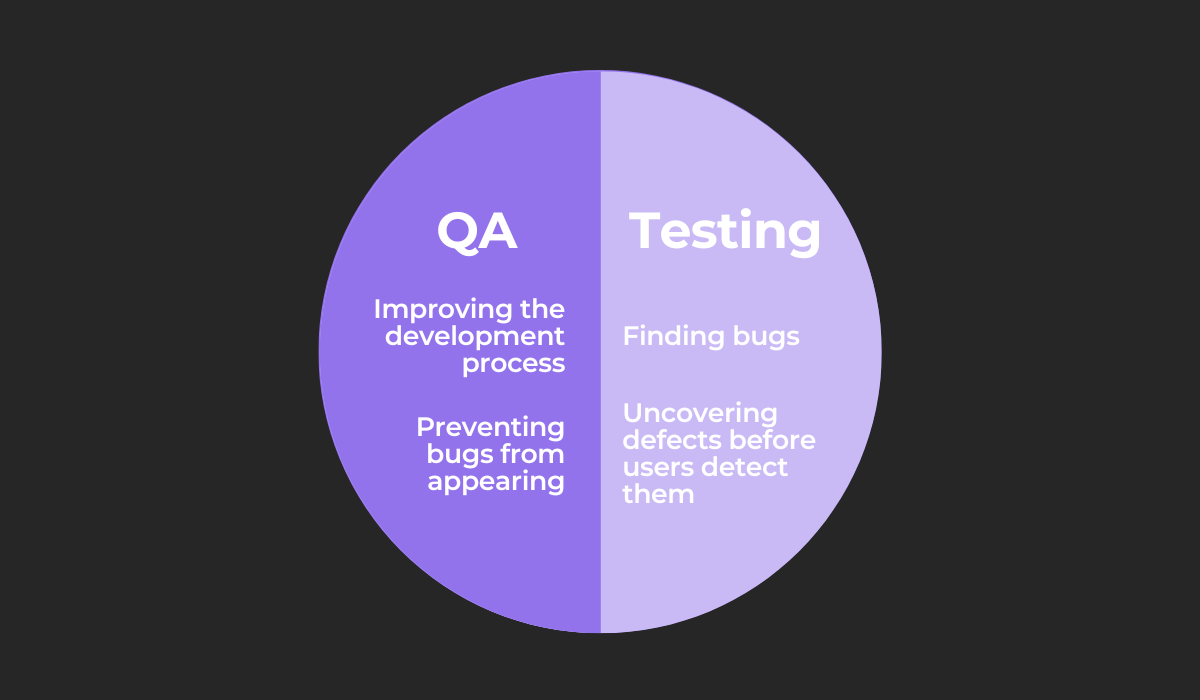
QA is concerned with the entire development process.
Its purpose is to help prevent bugs from appearing in the product by implementing various practices and procedures throughout the SDLC.
Testing complements QA by finding any defects that slip through the cracks and uncovers these issues before users find them.
The aspects of these two practices that we talked about as key differences in the previous section are interdependent, meaning that only together they provide a comprehensive approach to assuring a piece of software is high-quality.
The practice where software testing and QA meet is called quality control (QC) and it encompasses certain activities that aim to implement the strategies developed by QA while remaining product-oriented.
Quality control is also a part of QA, so it has some similarities with both testing and QA, illustrated below.
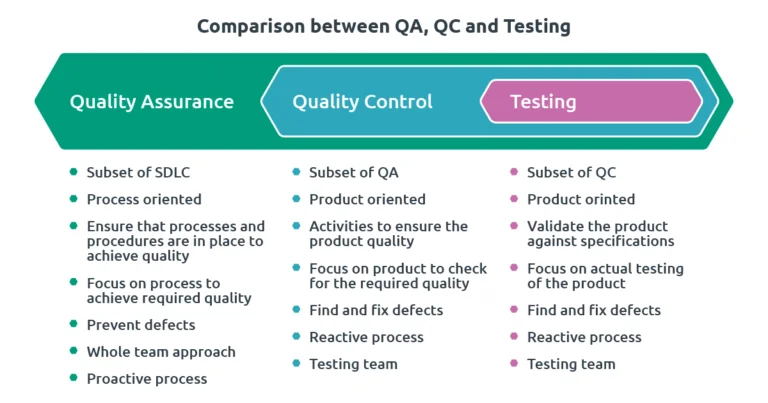
The aspect shared with software testing is that it’s a reactive process that focuses on the app—it doesn’t aim to prevent any future issues, but instead finds and fixes bugs through the work of testers.
QC is not the same as testing, however, as instead of doing the actual testing, the test team works on checking whether the app meets the required quality standards set by QA and includes certain methods to ensure the product is made well.
In summary, software testing is a part of a larger whole called quality assurance. Both these practices are essential during development, with quality control being the middle ground between the two.
Conclusion
As you can see, software testing and QA are different activities and while it may have been easy to confuse them at first, we believe that, having read this article, you understand that they are fundamentally different practices.
Knowing the differences between these concepts is crucial if you want your team to collaborate with testers and QA specialists effectively and ensure both practices are used to their full potential.
We hope that by reading this article, you now have a better understanding of the differences between software testing and quality assurance and the unique roles they play in the development process.

